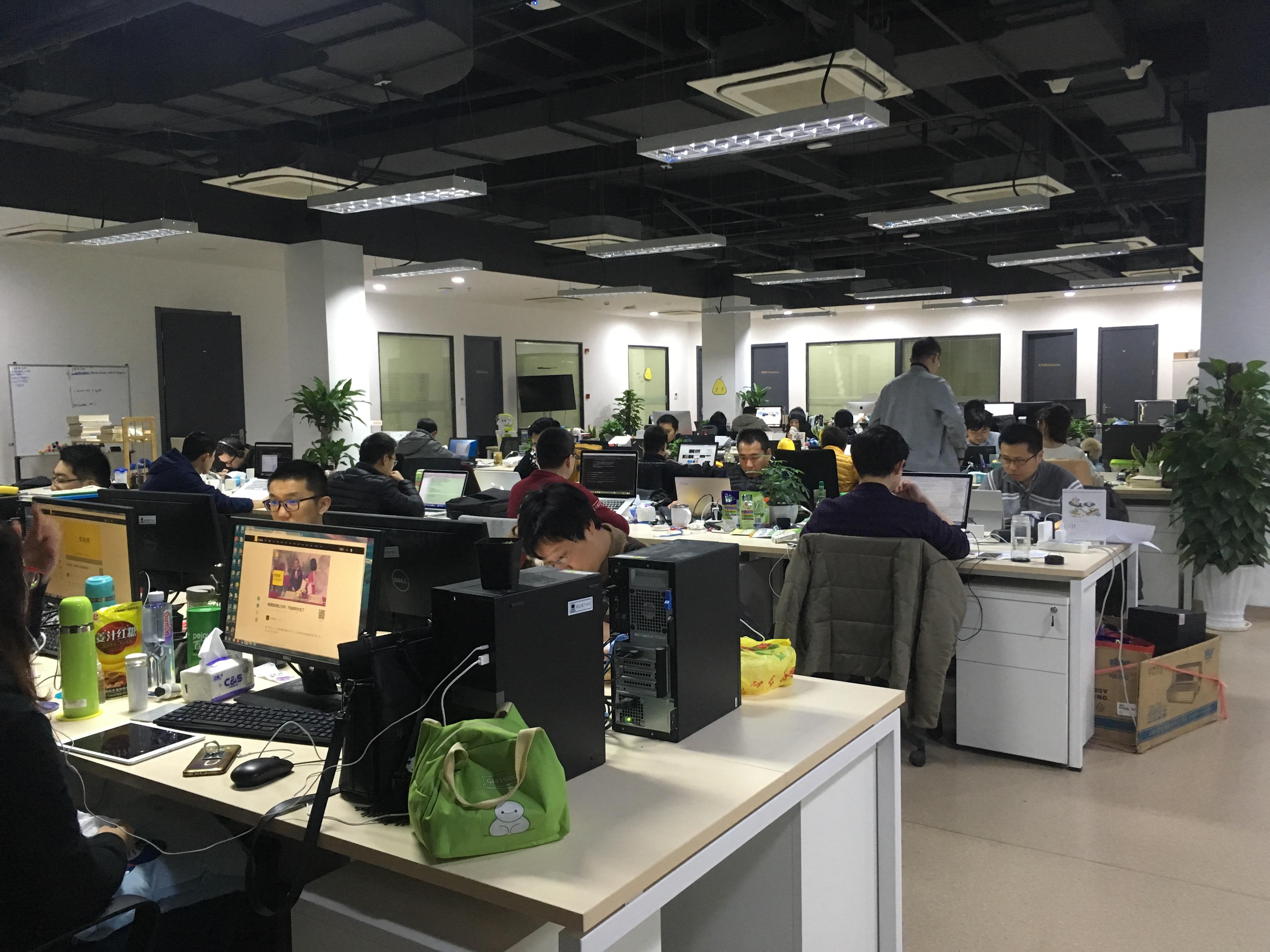
Photo credit: gmast3r / 123RF.
Qiu Bing is an old-school reporter. He’s been in the industry for more than 20 years and still insists on reading paper copies of The Global Times and Southern Weekly, two Chinese newspapers that have been around since the 80s and 90s. He chain-smokes as we talk, occasionally sipping a small cup of loose-leaf tea.
“I’m a fanatic about words. I love writing,” he tells Tech in Asia. “I love expressing myself with words, and I think the magic of written words cannot be totally visualized.” Movies, for instance, more often than not, ruin the novels they’re supposed to portray, he says.
“Still, pivoting [to video] is something we had to do,” he adds.
It’s pretty difficult to get people to read a 4,000- to 5,000-word article.
Qiu Bing is the founder and president of Pear Video, a video-based media startup headquartered in Beijing. Launched last November, the startup’s video app offers a broad range of content. It runs short news snippets, like Trump’s signing of the Keystone Pipeline, as well as cooking footage and gadget clips. Each video is only a few minutes long – the sweet spot being a minute or less, he says.
It’s a far cry from Qiu Bing’s last venture, The Paper, an online news site that made a name for itself with investigative, longform pieces.
“Right now, especially for China’s post-90’s generation, it’s pretty difficult to get people to read a 4,000- to 5,000-word article,” he explains. In particular, long articles aren’t well-suited for mobile devices. However, as China moves from 4G to 5G and data becomes even cheaper – maybe even free – “the masses will look towards videos to get information,” he says.

Qiu Bing, founder and president of Pear Video. Photo credit: Lu Haitao.
China’s media landscape has no shortage of online video startups. And no wonder – it’s a market estimated to be worth US$13.9 billion by 2020. Video streaming heavyweights, such as iQiyi and Alibaba’s Youku-Tudou, focus on entertainment, like TV shows and movies. Then there’s the clutch of smaller user-generated content (UGC) apps, like Miaopai, a video app backed by Weibo, China’s Twitter equivalent
However, Qiu Bing believes that Pear Video can carve out a niche for itself. Unlike UGC, Pear Video’s content is edited for quality and fact-checked.
“UGC is good for capturing emotions, singing, cats, dogs, shots of a ball game, but for communicating information, you need a certain means – there’s a threshold,” he says. That’s where he hopes journalists can play a role.
Citizen journalists
Pear Video currently puts out almost 1,000 videos per day, says Qiu Bing. By the end of the year, the startup wants to push that number to 2,000. That’s a dizzying amount of content for a startup that began less than half a year ago.
They cover all corners and edges of the world.
Of course, not all of it will come from Pear Video. The startup is partnering with third-party content creators and also purchases copyrighted footage from news stations. However, a good third of the company’s videos are its own original creations. Pear Video has 300 employees dedicated to content, as well as a vast network of what’s known as paike in China – citizen journalists.
“Their specialty is their large volume – they cover all corners and edges of the world,” says Qiu Bing.
Essentially freelance videographers, Pear Video’s paike send raw footage to full-time staff in Beijing, Shanghai, and Chongqing. There, the videos are vetted, verified, and edited into polished, final products. Currently, the company has around 30,000 to 50,000 paike all over the world, estimates Qiu Bing. That means Pear Video can get timely news footage without having to send over a reporter or set up remote offices.
Groups of freelancers, organized by region, are managed by Pear Video representatives who are hired for their local knowledge, not film expertise. In addition to being the point of contact for paike, they’re also the first to vet footage.

Pear Video’s Shanghai office has 200 employees dedicated to content. Photo credit: Tech in Asia.
Freelancers don’t have to be professional videographers or reporters to work for Pear Video either. After undergoing some training, anyone can start working as a paike.
“They have to know how to find information. But they are not reporters,” says Qiu Bing. “They could be a flight attendant or a tour guide.” Video material from freelancers can be simple too – some footage is shot using a smartphone.
I think the work of paike can redefine news.
The company pays paike according to the number of views their footage receives. Some get paid as little as US$7, while others might rake in US$723 – the maximum that Pear Video freelancers can get per video. In order to speed up the payment process, which can take months for freelancers in China, the company uses Alipay, a popular mobile payment system in China.
“I think the work of paike can redefine news,” he says, referring to local footage from smaller cities, even rural areas, that are rarely captured in mainstream media. “In the age of the internet and social media, if you can move people and get them to really resonate with these topics, that’s when it will spread.”
Social media-savvy
Pivoting to the short video format hasn’t been easy. Qiu Bing’s first venture was a traditional newspaper called the Oriental Morning Post. That was 14 years ago. After leaving The Paper, he’s had to learn the rhythm of short videos, as well the idiosyncrasies of social media. In addition to its app, Pear Video posts its videos on social media sites, such as Weibo and Miaopai. In total, the startup claims its videos receive around 600 million views a day.
The company has also struggled with hiring. “It‘s very hard to find someone who truly understands the rules of distributing short videos,” Wei Xing, deputy editor at Pear Video, tells Tech in Asia. “Most people have to learn from scratch, or slowly learn through the process of making them.”
In perfecting its own format, Pear Video has studied short videos from US media sites, such as Vox Media, Mashable, and NowThis, especially those that have gone viral.
Even now, I can’t say I completely understand the secret of short videos.
“Even now, I can’t say I completely understand the secret of short videos – I’m still learning,” admits Wei Xing, who used to be the editor-in-chief of Sixth Tone, the English version of The Paper. “It changes too quickly. The taste of young people, the development of technology, user behavior – it all continues to change.”
So far, Pear Video is relying solely on investment. Last year, it received US$86.8 million from China Media Capital. This year, the company plans to start rolling out video advertisements, which will be its primary source of revenue. Pear Video has also launched live video content on its platform, though unlike other live streaming apps, it doesn’t plan to use virtual gifting as a way to monetize.
Currency converted from Chinese yuan. Rate: US$1 = RMB 6.91.
This post 14 years ago, he started a newspaper. Now, he’s making one-minute news videos appeared first on Tech in Asia.